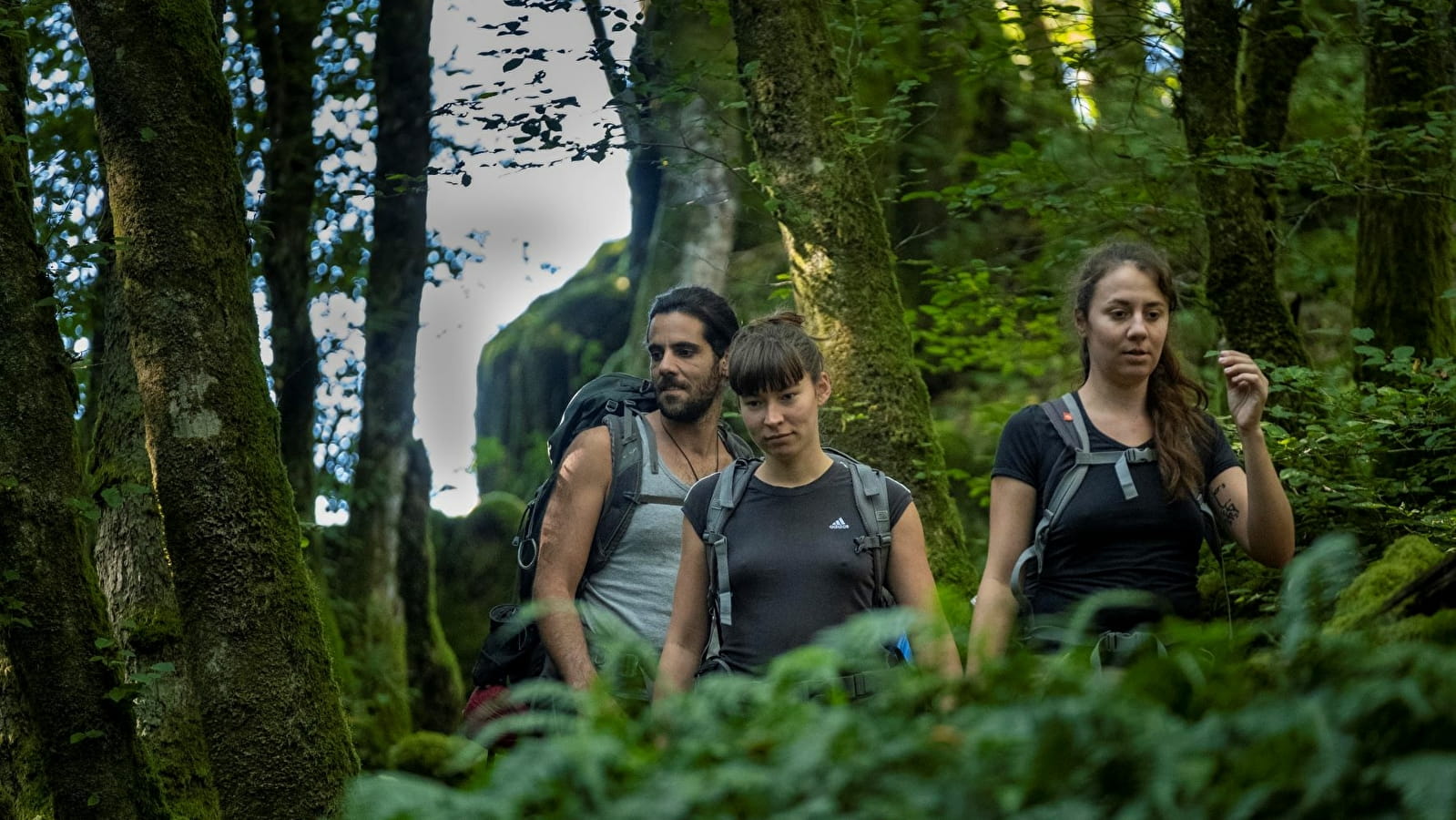
Boucle de Saint-Martin
This 12.4 km route takes you on a tour of the typical Morvan bocage countryside.
The identity of the Morvan landscape is linked to the hedged farmland that still marks the boundaries of many small plots of land. A variety of fencing techniques are used, including dry hedges, low and high hedges, dry stone walls and barbed wire. After centuries of mixed farming (rye, wheat, oats, buckwheat, barley, etc.) supplemented by a small amount of livestock farming, after 1960 Morvan agriculture specialised in breeding Charolais cattle (young animals sold for breeding or fattening).
Today, the bocage is in decline, due to the gradual consolidation of plots, the uprooting of hedges replaced by barbed wire, the clearing of remote land and the increase in forest area. Safeguarding this fragile landscape is necessary from both an agricultural (to protect cattle from the vagaries of the weather) and an environmental point of view. The bocage is a rich environment. In addition to the thirty or so shrub species found in the hedgerows, it is home to a number of heritage plant and animal species, including the chokecherry, the whorled Solomon's seal, the shrike, the little owl, the spotted woodpecker, the sparrowhawk, the two-tailed shrew and the little rhinolophus.
